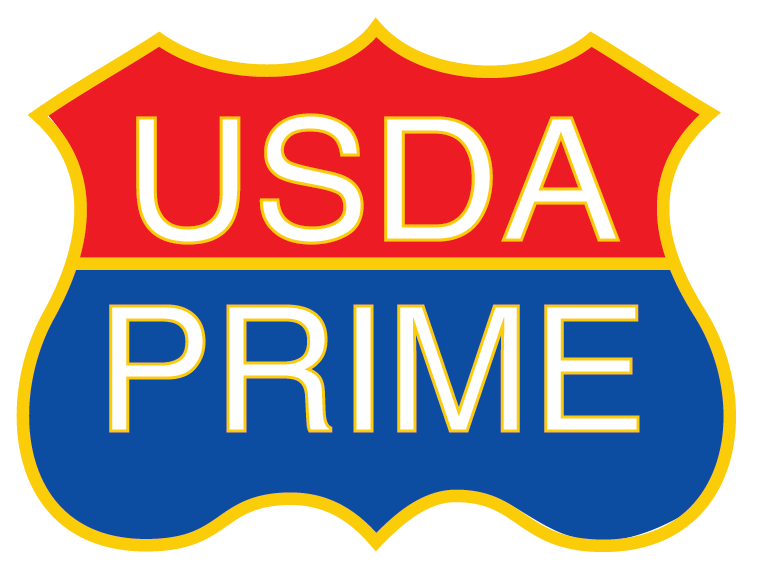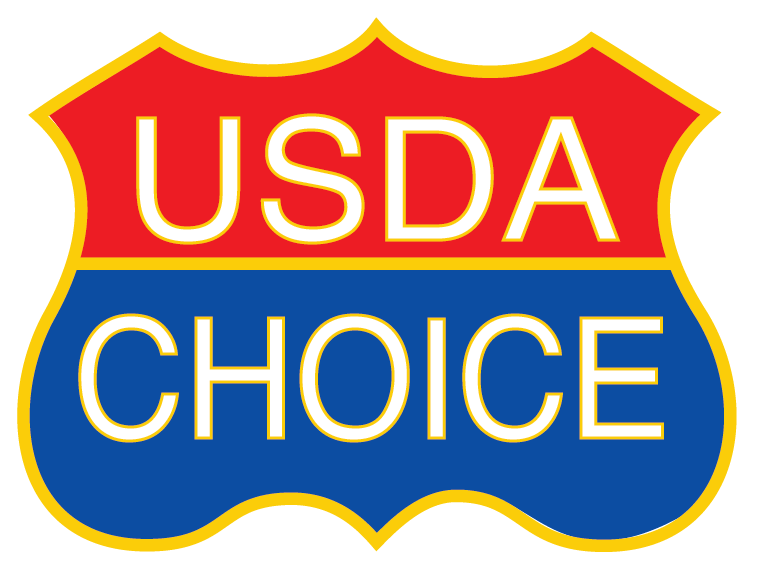Beef lovers know there are many types of beef out there, from Angus to Wagyu. But you may have come across the term “heavy western beef” and wondered – what exactly is it?
As your favorite neighborhood butcher shop, we want to provide you with a complete guide to heavy western beef. We’ll explain what it means, how it compares to other beef, and things to consider when buying it.
Defining Heavy Western Beef
Heavy western beef refers to beef cattle raised in the Western United States that are slaughtered at an older age and heavier weight These cattle are usually over 30 months old when slaughtered
The term “heavy” refers to the higher live and carcass weights of these cattle, compared to other beef. Western cattle are typically larger framed breeds like Angus, Hereford, and Shorthorn. Their diets and genetics allow them to reach mature weights over 1,200 pounds.
Heavy western beef comes from more mature cattle with more developed muscles. But this also means less marbling and tenderness compared to beef from younger cattle. It’s not an official USDA grade, but more of an industry term.
How It Compares to Other Grades of Beef
The USDA classifies beef quality using eight different grade levels: Prime, Choice, Select, Standard, Commercial, Utility, Cutter, and Canner. The top three grades – Prime, Choice, and Select – come from younger cattle under 24 months old.
Heavy western beef falls more into the lower grades like Standard and Commercial. It lacks the abundant marbling and tenderness of Prime and Choice beef. Here’s a quick comparison:
-
Prime – Highest grade, from young cattle with heavy marbling. Extremely tender and flavorful
-
Choice – Less marbling than Prime but still very high quality. Excellent tenderness.
-
Select – Moderate marbling, derived from slightly older cattle. Less tender than Prime or Choice.
-
Heavy Western Beef – Older cattle, minimal marbling, less tender and juicy. Equates to Standard/Commercial grades.
Is Heavy Western Beef a Good Choice?
Heavy western beef definitely has some advantages:
-
Price – It’s typically cheaper than Prime or Choice beef.
-
Lean – With less marbling, it can be a healthier option.
-
Hearty flavor – What it lacks in tenderness, it makes up in strong beefy flavor.
But there are some downsides to consider as well:
-
Toughness – Expect chewier steaks and roasts due to less marbling and collagen development.
-
Drier – Less internal fat means meat can turn out drier, especially with high-heat cooking.
-
Shrinkage – Older meat tends to shrink more during cooking.
-
Nutrition – Less marbling could mean fewer healthy fats like CLA and omega-3s.
Overall, the lower tenderness and lack of fat impacts the eating satisfaction from heavy western beef. It shines more when used in slow-cooked dishes like stews, chilies, and braised roasts.
Tips for Buying & Cooking Heavy Western Beef
If you decide to purchase heavy western beef, keep these tips in mind:
-
Look for firmer, fine-textured lean with a bright cherry-red color. Avoid dark, mushy spots.
-
Choose well-marbled cuts like ribeye or top sirloin when possible. Or opt for naturally tender cuts like skirt or flank steak.
-
Brown the meat thoroughly before braising or stewing to develop a rich, caramelized crust.
-
Cook low and slow with moist heat, such as in a Dutch oven or slow cooker.
-
Use acidic ingredients like tomatoes or wine to help tenderize the meat.
-
Slice roasts and steaks thinly against the grain to make it more tender.
With the right techniques, heavy western beef can still make for delicious, budget-friendly meals. It just requires a bit more TLC during cooking compared to premium beef grades.
The Future of Heavy Western Beef
The beef industry is always evolving. Some possible changes that could impact heavy western beef include:
-
Increased demand for leaner beef if health concerns over fat intake grow.
-
Rising production costs squeezing margins for cattle ranchers. Heavy beef can provide higher returns.
-
Competition from other proteins like chicken, pork, and plant-based meats.
-
Technology improvements allowing for more consistent quality and tenderness.
-
Consumer preferences shifting to more sustainably raised, natural, and local beef.
Here at your favorite butcher shop, we stay on top of beef industry trends. Our mission is providing you the best quality beef for your needs and budget, while supporting local ranchers. Tell us how we can better serve you!

Western Meats Natural Gourmet Beef
…is the highest gourmet beef, it is designed to meet the demands of even the most selective taste. Choosen by hand by USDA graders and beef experts to meet the highest standards for marbling and texture Western Meats natural gourmet beef is guaranteed to satisfy!.
The United States Department of Agriculture (USDA) runs the meat grading program. Beef quality grades show things like tenderness, juiciness, and flavor. There are eight quality levels for beef that show how mature the animal was, how much marbling (fat inside the lean), how firm, what color, and how texture the beef is. Here at Western Meats we only carry Prime and Choice cuts of beef. See below for grading.

Prime Grade is produced from young, well-fed beef cattle. It has abundant marbling and is generally sold in restaurants and hotels. Prime roasts and steaks are excellent for dry-heat cooking (i. e. , roasting, broiling, and grilling).

Choice Grade is high quality, but has less marbling than Prime. Choice roasts and steaks from the loin and rib will be very tender, juicy, and flavorful. They can be cooked on dry heat, just like Prime. Dry heat can also be used to cook many of the less tender cuts, like those from the rump, round, and blade chuck. Just be careful not to cook them too long. When cooking, a meat thermometer makes sure the internal temperature is safe: 145 °F is medium rare, 160 °F is medium, and 170 °F is well done.
Western Beef – Flushing NYC
What is Western Beef?
First, let’s start with the definition of Western beef. It’s simply beef that’s produced in the Western United States, which includes states like California, Nevada, Arizona, Utah, and so on. This type of beef is often associated with specific breeds of cattle, such as Angus and Hereford.
What are the different USDA grades for beef?
This simple infographic from Rastelli Direct sets about explaining the different USDA grades for beef and exactly what each one means. From the highest USDA Prime to the cutter and canner grades lower down the scale, the infographic quickly explains exactly what a USDA grade on meat is telling you.
What is the best cut of Western Beef?
The most popular cut of Western Beef is the ribeye, which is a tender and flavorful cut of meat that is perfect for grilling or pan-searing. How Do You Cook With Western Beef? What Are The Advantages Of Western Beef? If you’re a fan of beef, you’ve probably heard of the term “Western beef.”
What is commercial grade beef?
Commercial grade beef is the lowest grade of beef that is sold commercially for human consumption. In spite of this, commercial grade beef can be some of the best beef available, depending on what you’re looking for.
